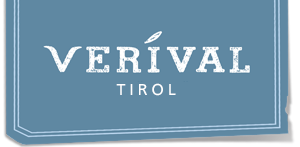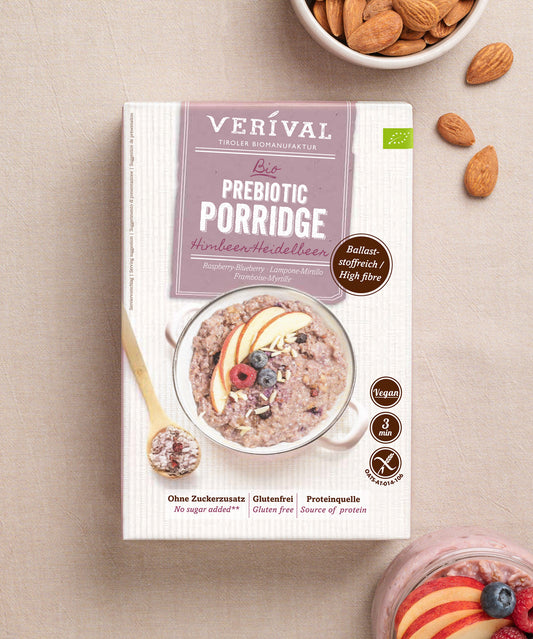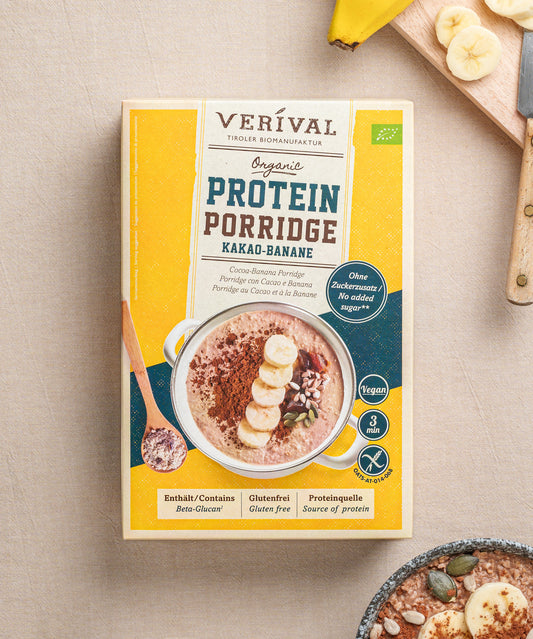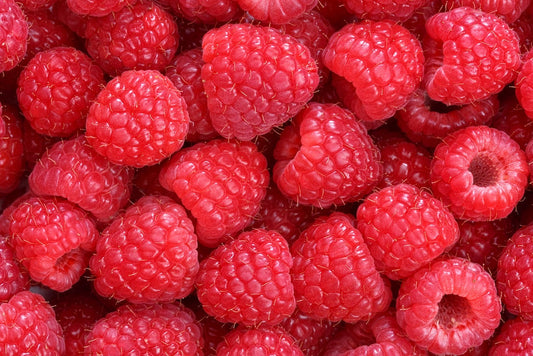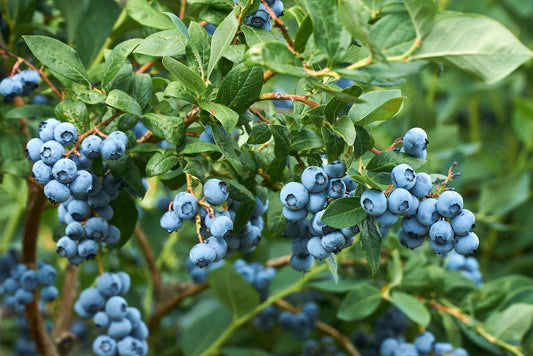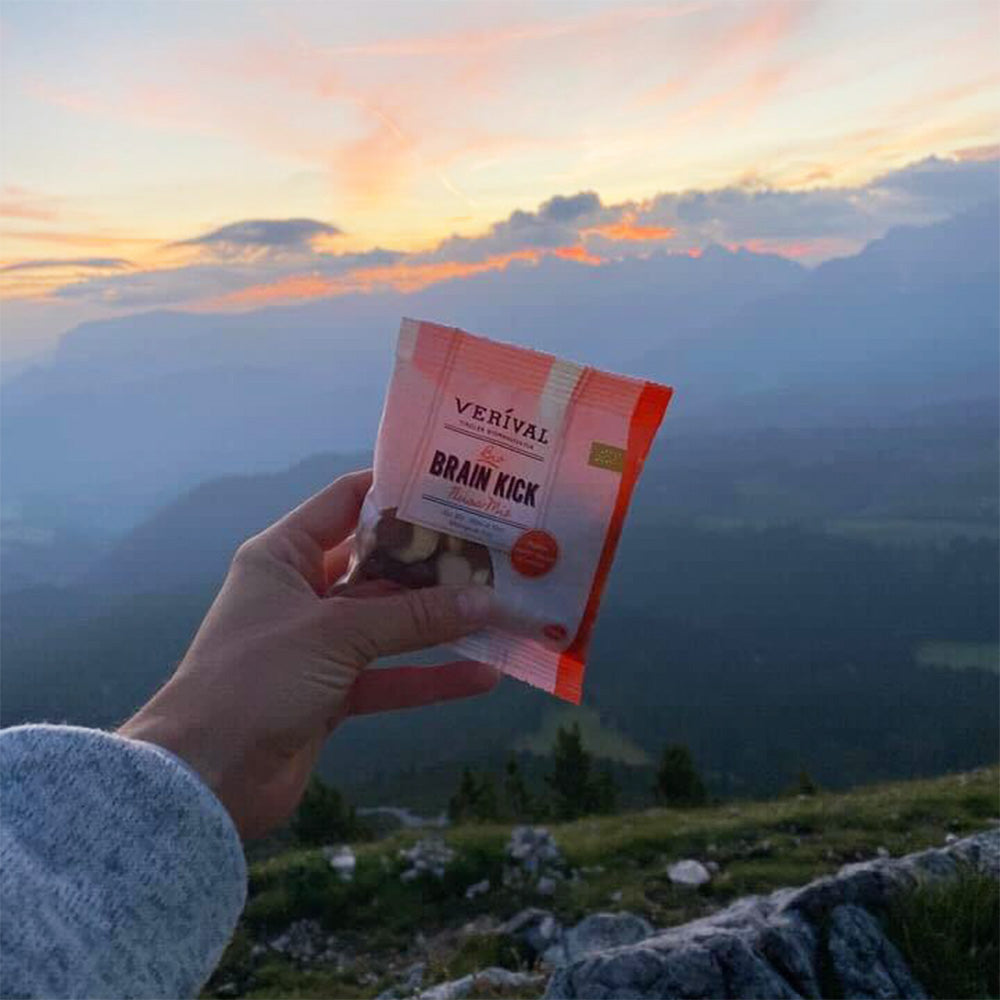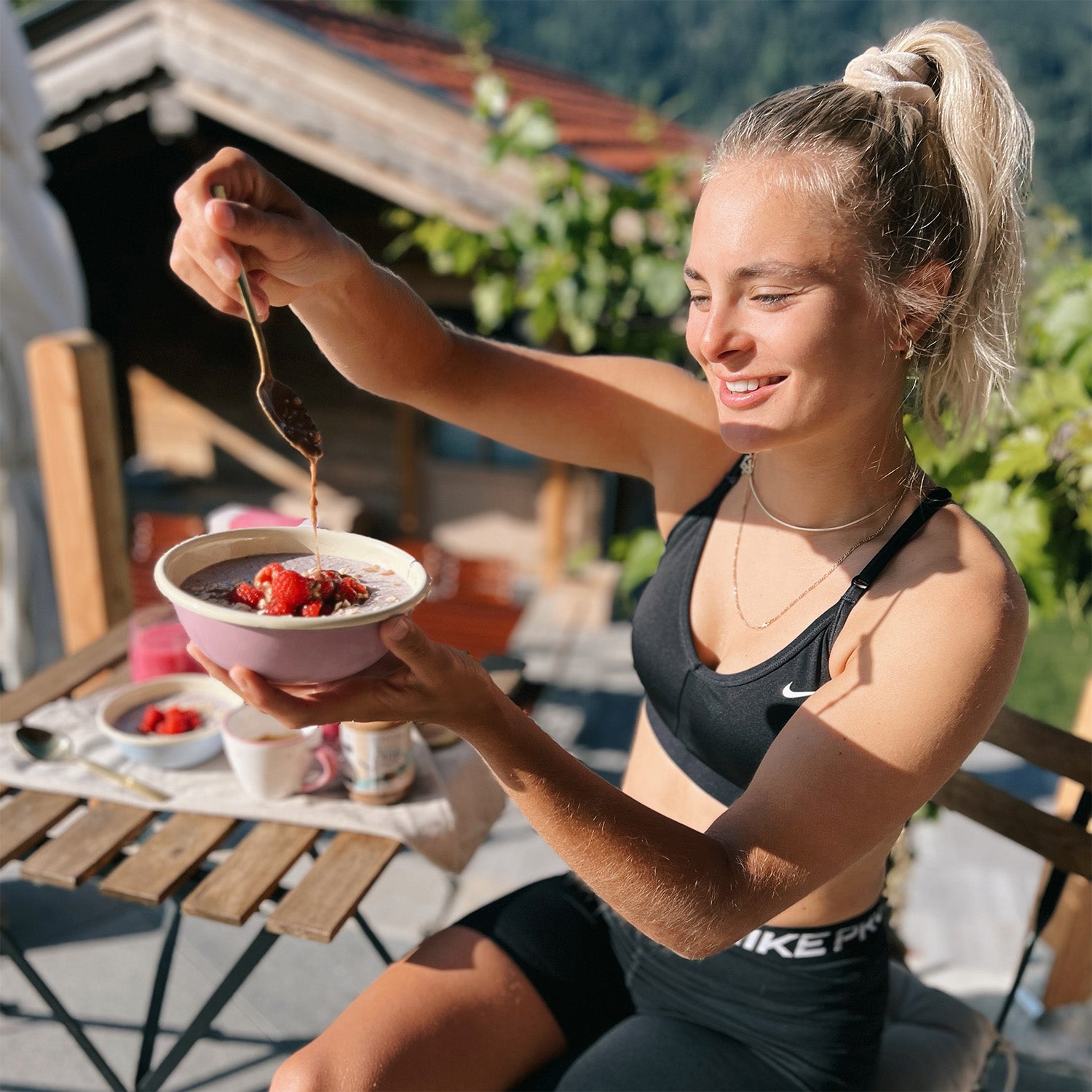If you want to be physically fit, you should not only plan your training but also make sure you eat a healthy diet. Particularly important here is the increased need for nutrients, which must be adapted to the requirements of the respective sport. In this article, you will learn what the ideal diet for athletes looks like and what you should pay particular attention to.
Are you looking for a companion for your training? Discover the Verival Sport Range now
What are endurance sports?
Dedicated amateur runners in a half marathon, professional cyclists in a stage of the Tour de France or hikers in the Alps – they all have one thing in common. And that, although the activities themselves could not seem more different. But the big similarity is hidden somewhat behind the façade. Because whether you're a hobby runner, professional cyclist or hiker, you are all people who do endurance sports.
If the first things that come to mind when you hear the keyword endurance are terms like cardio or high-intensity interval training – HIIT or HIT for short – you're not far off either. Because these are synonyms or training methods for endurance.
Why cardio is so healthy
Cardio, a common synonym for endurance in sports circles, is considered extremely healthy. And rightly so. Because regular endurance training can not only increase overall performance but also prevent typical widespread diseases such as cardiovascular diseases and chronic lung problems.
For most people, three extended jogging sessions per week is enough. Those who prefer short and sweet workouts will find high-intensity interval training more to their liking. HIIT, as this form of training is abbreviated, features short and very intense bursts of exercise, which are interrupted by targeted recovery breaks.
The training effect is almost the same, but the external stress is extremely different. We will now take a closer look at how you can optimally adjust your diet to the respective training.
The most important nutrients for endurance athletes
In principle, a healthy diet for endurance athletes is very similar to the recommendations for the general population: plenty of fruit and vegetables, moderate consumption of meat and fish, healthy sources of fat, and fiber-rich grains. The big difference is therefore not so much in the quality as in the quantity.
During and after endurance exercise, calories are burned, which increases the need for certain nutrients. Above all, your body needs more energy, which you can best get from carbohydrates and fats. As always, the rule of thumb is to eat complex carbohydrates, ideally with plenty of fiber, as well as healthy sources of fat.
The following table is intended to give you a small overview of important plant-based carbohydrate and fat sources.
| Complex carbohydrate sources | Foods with healthy fatty acids |
| Whole grain cereals (pasta, bread) | Nuts (walnuts, pecans) |
| Oats (oatmeal, oat bran) | Seeds (flaxseed, chia seed) |
| Pseudocereals (quinoa, buckwheat) | Vegetable oils (rapeseed oil, olive oil) |
| Legumes (beans, lentils) | Legumes (soybeans, peanuts) |
| Fruits and vegetables (bananas, potatoes) | Vegetables (avocados, olives) |
Eating before training – what you should watch out for
In particular when energy requirements are increased by strenuous training, it is recommended that you rely on high-energy foods. Nonetheless, you should make sure that you choose carbohydrate sources that contain a variety of micronutrients.
While classic wheat flour has a very low nutrient density and consists almost entirely of carbohydrates, whole grains and legumes score points with their increased micronutrient content, protein and fiber. The fiber ensures that your blood sugar level rises in a controlled manner, giving you exactly as much energy as you need, step by step.
However, before your training sessions, you should make sure that the meal is easy to digest and doesn't stay in your stomach for too long. Otherwise, your performance may suffer or you may even get stomach ache.
Porridge, for example, is a suitable combination of complex carbohydrates, fiber and easy digestion. Our Verival Sport Porridge, for example, is additionally enriched with proteins from sunflower and pumpkin seeds to provide you with sufficient energy and protein.
Discover the Verival Sport Range now
This is how much protein endurance athletes need
Speaking of protein – endurance athletes have an increased protein requirement. The recommended amount is around 1.2 to 1.6 grams of protein per kilogram of body weight. For a person weighing 70 kg, this quickly adds up to a requirement of over 100 grams of protein per day.
By way of comparison, the recommended daily intake for the general population is just 0.8 grams per kilogram of body weight. For a person weighing 70 kg, this would be just 56 grams of protein per day.
To meet the increased demand, it is advisable to integrate high-protein foods into meals as much as possible. This is particularly easy with our organic crunchy almond cream. The almond butter from Verival consists of 25 percent high-quality protein and is not only suitable as a topping for porridges and muesli, but can also be easily incorporated into your post-workout shake.
The most important sources of protein for endurance athletes also include legumes, seeds and nuts, as well as some types of grain and pseudo-grain such as quinoa, oats or wholemeal pasta.
Weight training
In addition to endurance, strength is considered one of the two major conditional abilities in sports science. Accordingly, strength training is also important for many sports. Anyone who thinks that only bodybuilders do strength training is way off.
Strength training is actually recommended for all population groups. This applies to amateur athletes who want to get in shape for the summer, to older people who want to slow down muscle loss, and to professional athletes in a wide range of disciplines.
Just as in endurance sports, regular strength training increases the demand for numerous nutrients. We will now take a closer look at which macro- and micronutrients these are exactly and how you can best meet your needs.
The optimal nutrient supply for strength athletes
It is now common knowledge that the protein requirement is increased for strength athletes. The recommendations from sports and nutritional science are largely the same as for endurance athletes. About 1.2 to 1.6 grams of protein per kilogram of body weight are recommended.
For particularly hard-working people, however, the requirement can increase to up to 2 grams per kilogram per day. However, the majority of strength athletes will be able to achieve success with less. Nevertheless, the impression remains that the quantities to be consumed are quite considerable.
Accordingly, you should make sure to include as much protein-rich food as possible in your daily meals to meet your increased needs in the best possible way. However, it is still important to eat a healthy diet. And this is defined, among other things, by a reduced consumption of animal protein sources, as these contain increased amounts of harmful by-products. The following table provides an overview of the best vegetable protein sources.
| Plant-based protein sources | Protein content per 100g |
| Red and Yellow Lentils | 27g |
| Verival Crunchy Almond Cream | 25g |
| Kidney beans | 25g |
| Sunflower seeds | 21g |
| Chickpeas | 19g |
| Wheat bran | 16g |
| Quinoa | 15g |
| Oatmeal | 13g |
Get your Verival Crunchy Almond Cream now.
Carbohydrates, fats and co. – what do I need to know?
When it comes to building muscle and strength, there is no getting around carbohydrates and fats. That's because both energy sources play important roles in these processes. Fats, for example, are particularly important for a balanced hormone level, while carbohydrates serve as an important energy supplier.
During your workout, your body draws not only on the readily available so-called energy-rich phosphates, but also on carbohydrates. This empties the glycogen stores, as the carbohydrate stores are also called. To replenish them after your workout, you should eat a carbohydrate-rich diet.
Ideally, it should be easily digestible and full of healthy proteins in order to get into the bloodstream quickly and initiate regeneration. To meet your needs, you can use the same carbohydrate sources that we have already identified in the table for endurance sports.
On the other hand, your need for fats is not particularly increased, but you should not fall below a minimum amount of about one gram per kilogram of body weight. Only if you are purposefully gaining weight or following a low-carb diet can an increase in healthy fatty acids be useful.
Extreme stress – what do I need to bear in mind?
When it comes to extreme physical exertion, for example during a marathon or even a triathlon, there are a few special things to keep in mind. This is because, especially during very long endurance activities, large amounts of calories are burned, electrolytes are sweated out, and even proteins are used to provide energy.
If a physical strain lasts longer than an hour, you should start consuming carbohydrates during the activity. It is best to consume them in liquid form to facilitate the absorption of nutrients. A good example of this is a mixture of 750 ml of water, 250 ml of fruit juice and a pinch of salt. This helps to preserve carbohydrate stores and prevent muscle cramps.
After exercise, it is important to replenish glycogen stores and provide the body with high-quality proteins to kick-start the recovery process. This way, you will be well prepared for your next sporting challenge.
